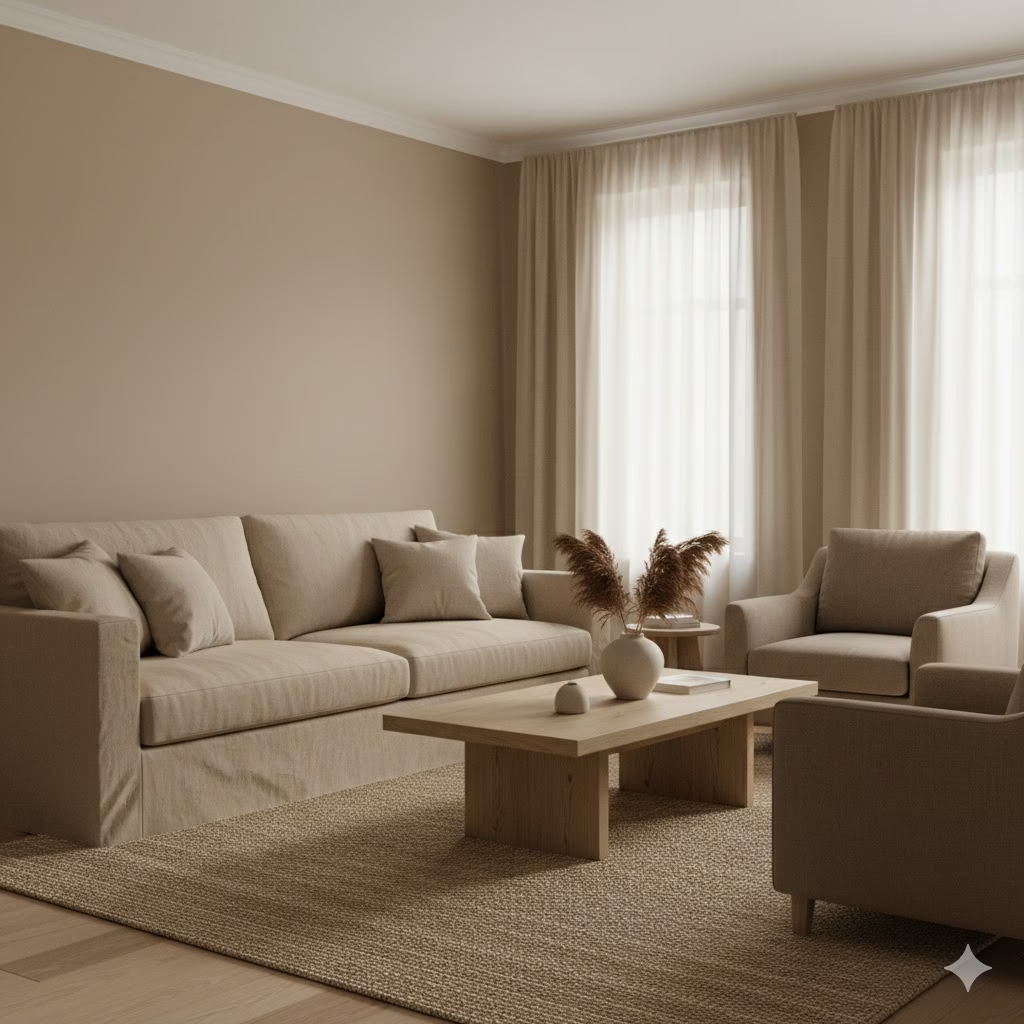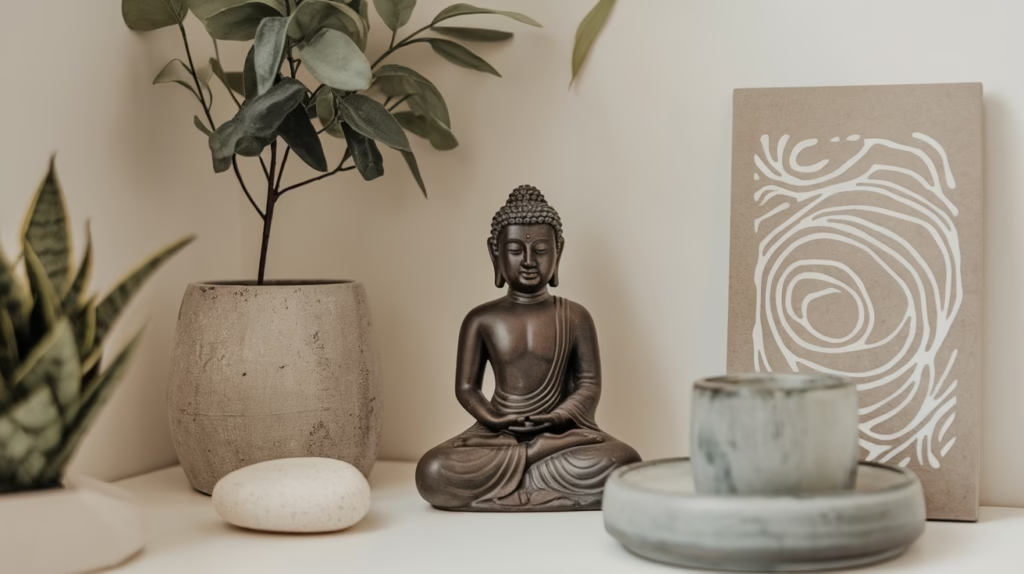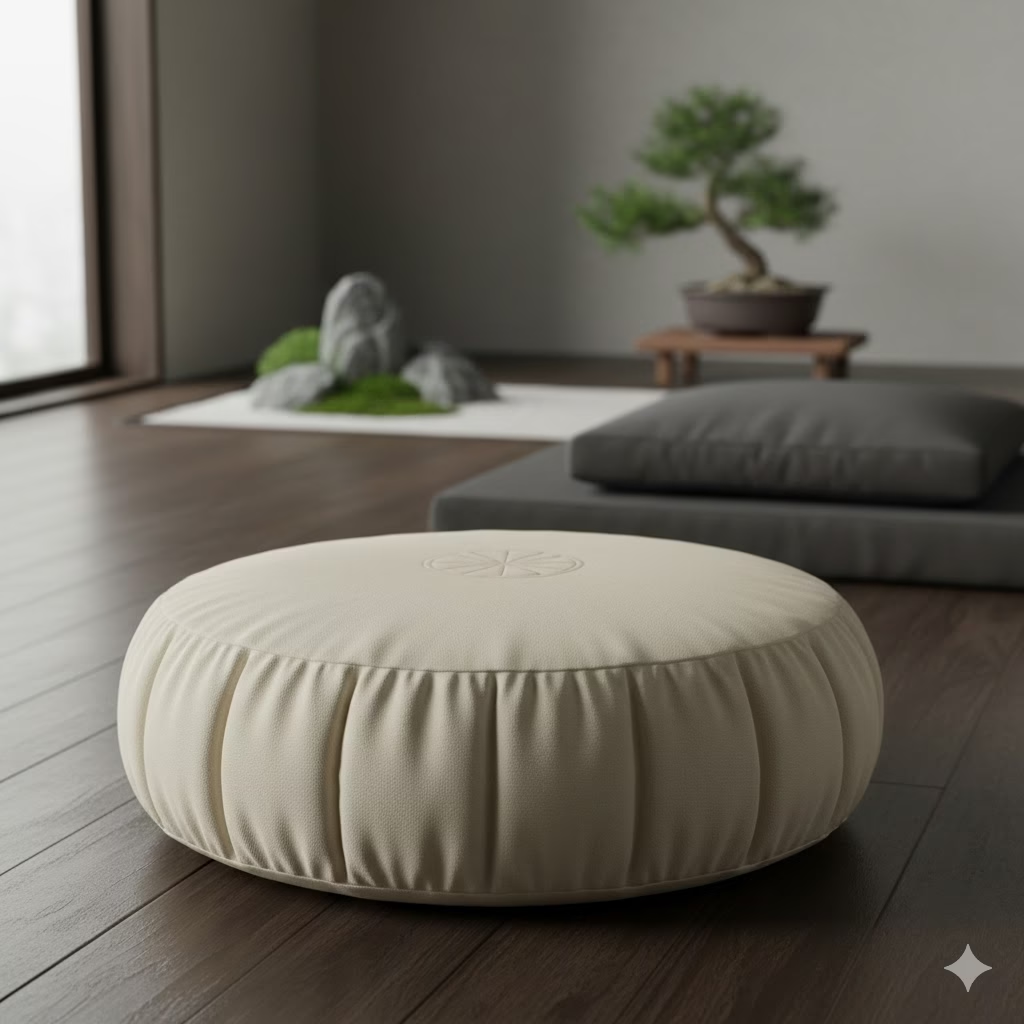
The modern world moves too fast. We all need a quiet spot at home. This private, calm space is a “Zen room.” It is not a luxury. It is a real need for your mental health. The Zen room is based on a simple idea. It aims for peace, quiet, and harmony with nature. This room should be clean. It must help you with your daily practices. These practices include quiet thought, meditation, and gentle yoga. In this space, the noise from outside fades. You can center yourself and find your peace. The right choice of lights is key to making this quiet space work well.
Every item you choose for a Zen room matters. Lighting is the most important element. People often forget about it. They focus on simple furniture and calm colors. They look for natural things like stone or bamboo. But the light in the room sets the mood. It affects your energy. Light that is harsh, bright, or too cool can cause stress. It makes it hard to relax. This type of light quickly ruins the calm mood you want.

Illuminating Your Sanctuary for Serenity and Mindfulness
The right lights work like a gentle hand. They help your mind relax deeply. Good light feels like a soft sunset. It is like the spread of light on a cloudy morning. This soft glow makes you feel safe and warm. You do not need complex fixtures to get this light. You only need to know a few simple rules. These rules honor the Zen focus on nature and simplicity.
If you struggle to calm your mind, look at your lighting. If you feel restless when you sit quietly, your lights may be the problem. You can change your practice a lot by simply adjusting the light. Change the color, type, and place of your light. You can easily turn your space into a peaceful oasis. This guide gives you a simple plan. You can use it to choose the best lighting. It will help you create a truly calm Zen room.
We will look at all the key parts. And will cover the color that brings calm. We will show you the simple way to layer your lighting. This layering adds depth and peace. Get ready to light up your special place. You can welcome a new sense of peace into your home right now.
The Core Rules for Zen Lights
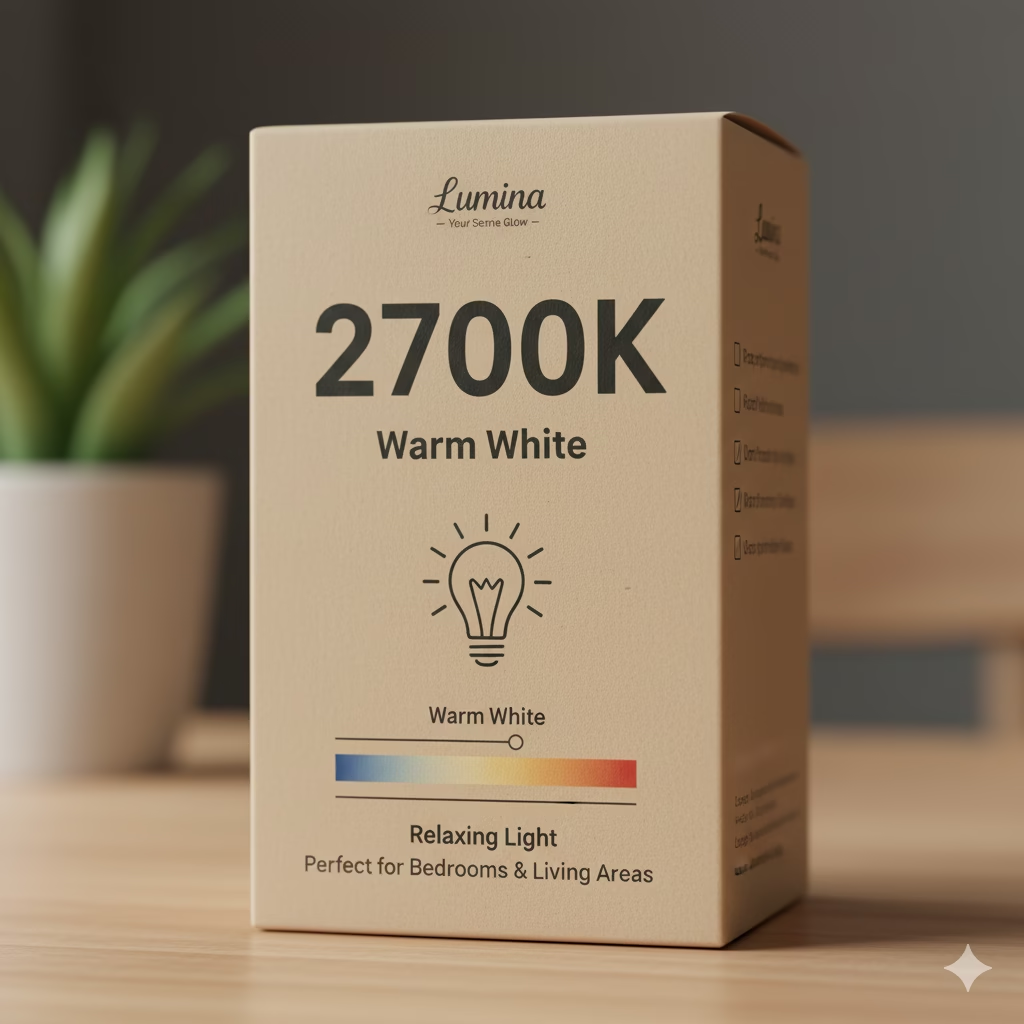
The lights in a Zen room should match the main ideas of Zen. These ideas are simple, natural, and balanced. Your goal is to get rid of visual clutter. You must also remove harsh light. Aim for a gentle, steady flow of light.
Choose a Soft, Warm Glow
The color of the light is the first and most vital choice. This color is called the color temperature. We measure it in Kelvin (K).
- Warm Color is Best: Choose a warm, soft white light. Look for a color between 2,700K and 3,000K. This light looks like a candle flame. It is also like the gentle light of the sun when it rises or sets. This warm color helps you feel cozy and calm. It is perfect for relaxing and getting ready to meditate.
- Avoid Cool Tones: Do not use light that is harsh or blue-toned. Avoid anything above 4,000K. These colors wake you up. They are better for work areas, like an office or kitchen. They do not work well in a room where you want to feel peaceful.
Let Natural Lights Enter and Soften It
Natural light is very important in Zen design. It is the best source of good energy, or Qi. Natural light connects you to the outdoors. It makes you feel good.
- Keep Windows Clear: Use a room with many windows if you can. Use light, sheer curtains. You can also use screens made of rice paper. These items soften bright sunlight. They let light in but hide the harsh edge.
- The Power of Softness: Direct, bright sun can be a shock. It is just like a bad electric light. Use sheer fabrics or light blinds to fix this. They turn a bright beam into a soft, spread-out light. This light fills the room with a gentle glow. Soft light removes sharp shadows. It is easy on your eyes. This makes it simple to focus inward during quiet time.
Make Light Layers: The Three Simple Parts of Your Zen Lights
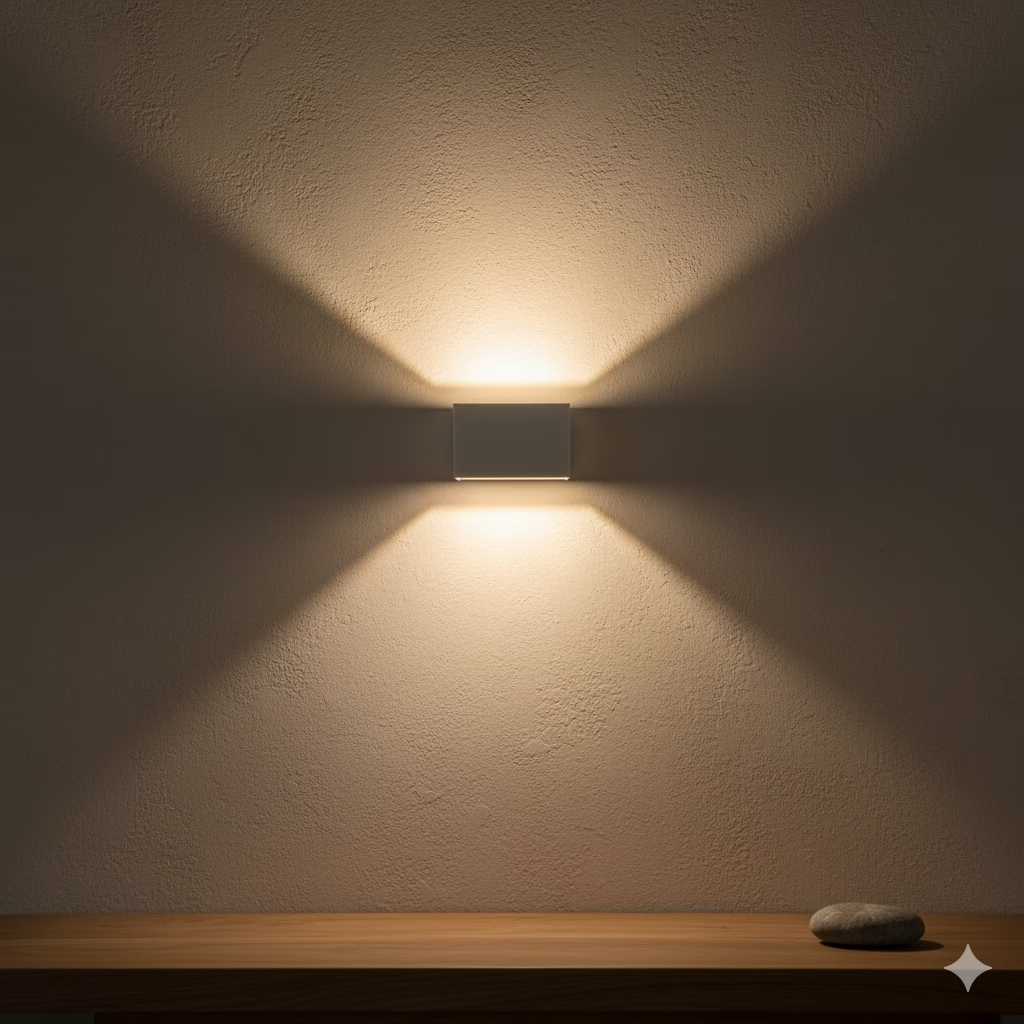
A Zen room should not depend on just one ceiling light. The secret to a perfectly calm room is layered lights. This means you mix three kinds of light. You need ambient, task, and accent light. This mix makes the room look deep and peaceful. It gives you control over the mood.
1. Ambient Lights: The Gentle Base
Ambient light is the soft, general light that fills your room. It creates the base for your calm space.
- Use Indirect Light: The best Zen ambient light is indirect light. This means the light fixture points at a wall or the ceiling. The light bounces off the surface. This reflected light softly lights the room. It keeps the light out of your eyes.
- Good Fixtures to Use:
- Wall Sconces: These lights shine up or down the wall. This creates a soft wash of light. It is great for a quiet mood.
- Shoji-Style Lamps: These lamps look like Japanese lanterns. They have shades made of rice paper or fabric. And they spread light gently and evenly. They fill the space with a soft, calm glow.
- Dimmable Main Lights: If you need a light on the ceiling, choose a simple one. Be sure it has a dimmer switch. You can turn down the brightness when you are relaxing.
2. Task Lights: Light for What You Do
Your Zen room is for quiet time. But you may want to read, write, or do focused meditation. Task lighting shines a focused beam on a small area. It helps you see without breaking the calm mood.
- Keep it Subtle: Place task lights to light up a small spot. This might be a reading spot or a small altar. The light must be set to a low power.
- Good Fixtures to Use:
- Simple Floor Lamps: Get a floor lamp with a plain shade. Use natural things like linen or paper for the shade. Place it next to a chair.
- Small Table Lamps: Use a small table lamp with a solid shade. This lamp will send a soft light down. It gives you enough light for your task. It will not cause any distractions.
3. Accent Lights: The Quiet Touches
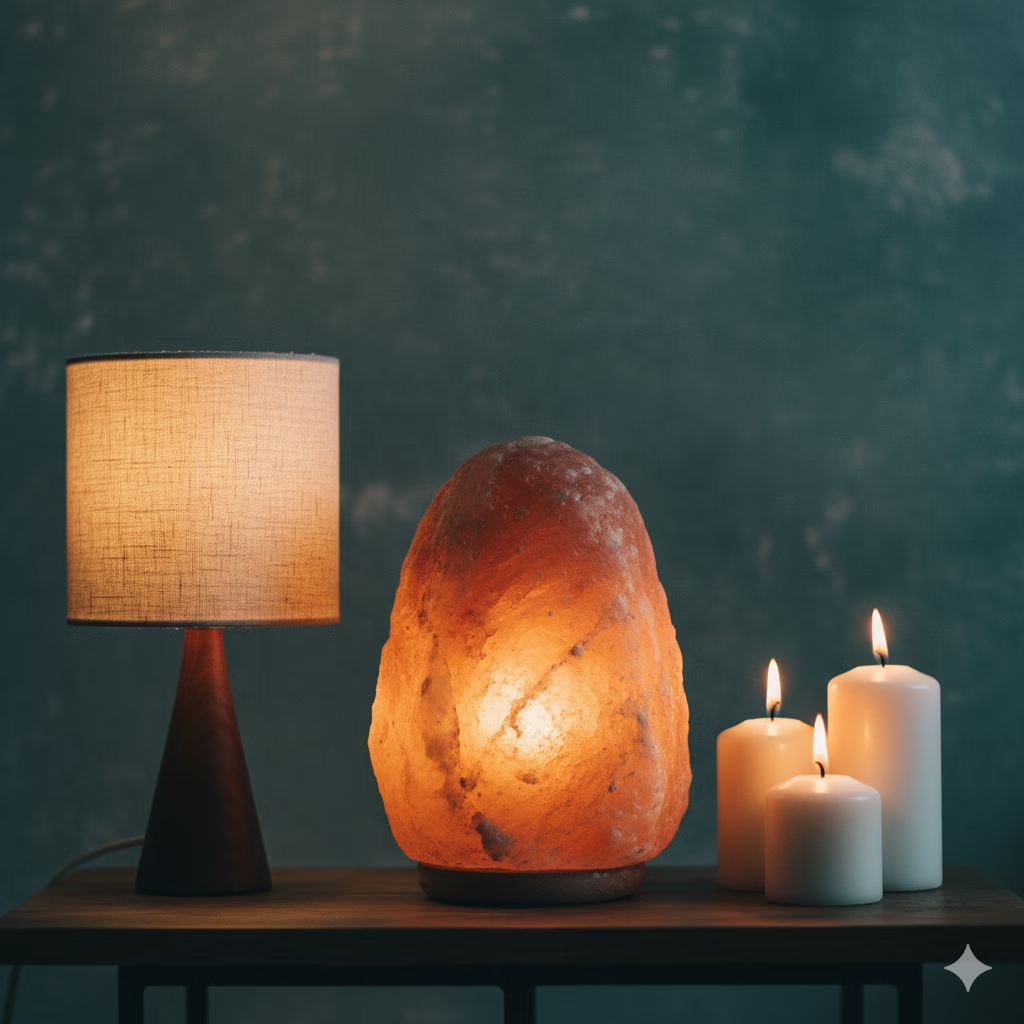
Accent lighting adds the final peaceful detail. These small lights create a deeper mood. They help you feel grounded and focused.
- Salt Lamps: These lamps give off a warm, amber light. This glow feels very comforting. Place one on a small table or shelf. It adds an earth-like, soft feeling to your light plan.
- Candles and Fake Candles: The small, moving light of a candle helps you meditate. Use real, non-scented candles for a natural light. Or, use safe, high-quality LED candles. Place these near your main focus area. They create small areas of soft, moving light.
- Natural Stone Lights: Find small lights that use natural stone. Things like selenite or amethyst work well. They add a soft, special light. This light reminds you of the natural world, which is key to Zen.
Choose Zen-Inspired Lighting Fixtures and Simple Materials
Your lighting fixtures must look simple. They should follow the Zen ideas of nature and minimalism. The fixture itself should be plain and useful. Do not use decorations that are too showy or flashy.
Natural Things are Best
Choose materials that remind you of the outside world.
- Wood and Bamboo: These things bring a natural, down-to-earth feel to the room. Use a lamp base made of plain wood. A woven bamboo shade for a hanging light works well. This choice connects your room to nature.
- Paper and Fabric: Shades made of rice paper, linen, or cotton are great. They soften light perfectly. And prevent harsh glare. They add a soft, pleasant feel to the room.
- Quiet Colors: The color of the light and shade must be simple. Stick to calm colors like white, cream, beige, or light grey.
Shapes Should Feel Right
Zen design uses shapes to create harmony. Avoid sharp angles. Sharp corners can create harsh energy in Feng Shui.
- Soft and Curved Shapes: Choose fixtures with soft, round, or natural shapes. This helps positive energy flow better. Look for curved floor lamps or simple, round hanging lights. Choose lamps with clean, smooth lines.
- Clean and Clear: The fixture must have simple lines. It should not look messy. The light should be a subtle part of the design. It should not be the main, big decoration in the room.
Smart Options for Total Quiet
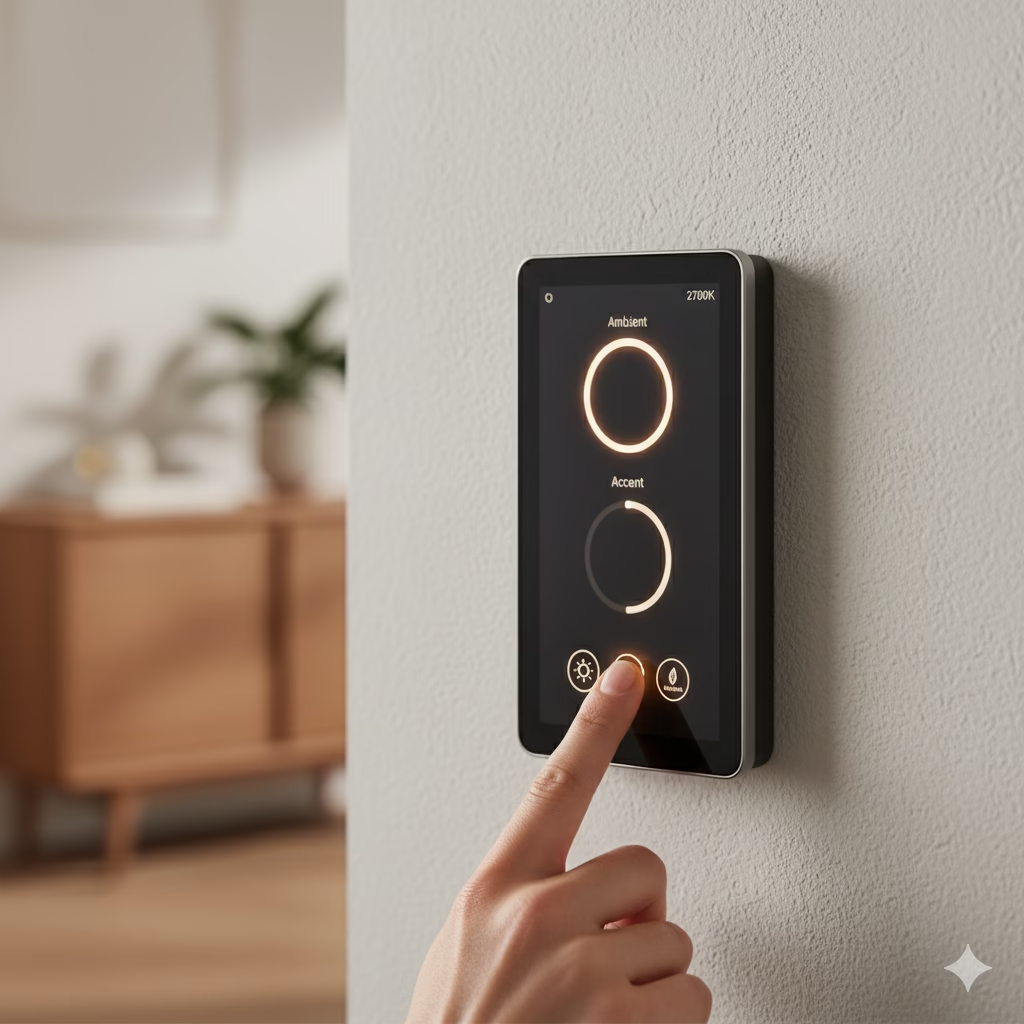
Today’s technology offers good tools to get the perfect Zen light. These tools help you without adding clutter. Smart lighting gives you control. It helps you set a peaceful mood quickly.
Dimming and Automatic Control
- Dimmer Switches are Key: This simple change is vital for your Zen room. Dimmers let you control the light. You can make the room brighter for morning stretching. Then, you can dim the lights way down for quiet evening meditation.
- Smart Systems: You can buy smart bulbs or a control system. These let you change the brightness and color with your voice or phone. You can set “scenes.” For example, a “Meditation” scene sets all lights to a very warm 2,700K. It sets the power to 10%. A “Reading” scene turns up one task lamp. This gives you easy control with a simple design.
Lights to Match Your Activity
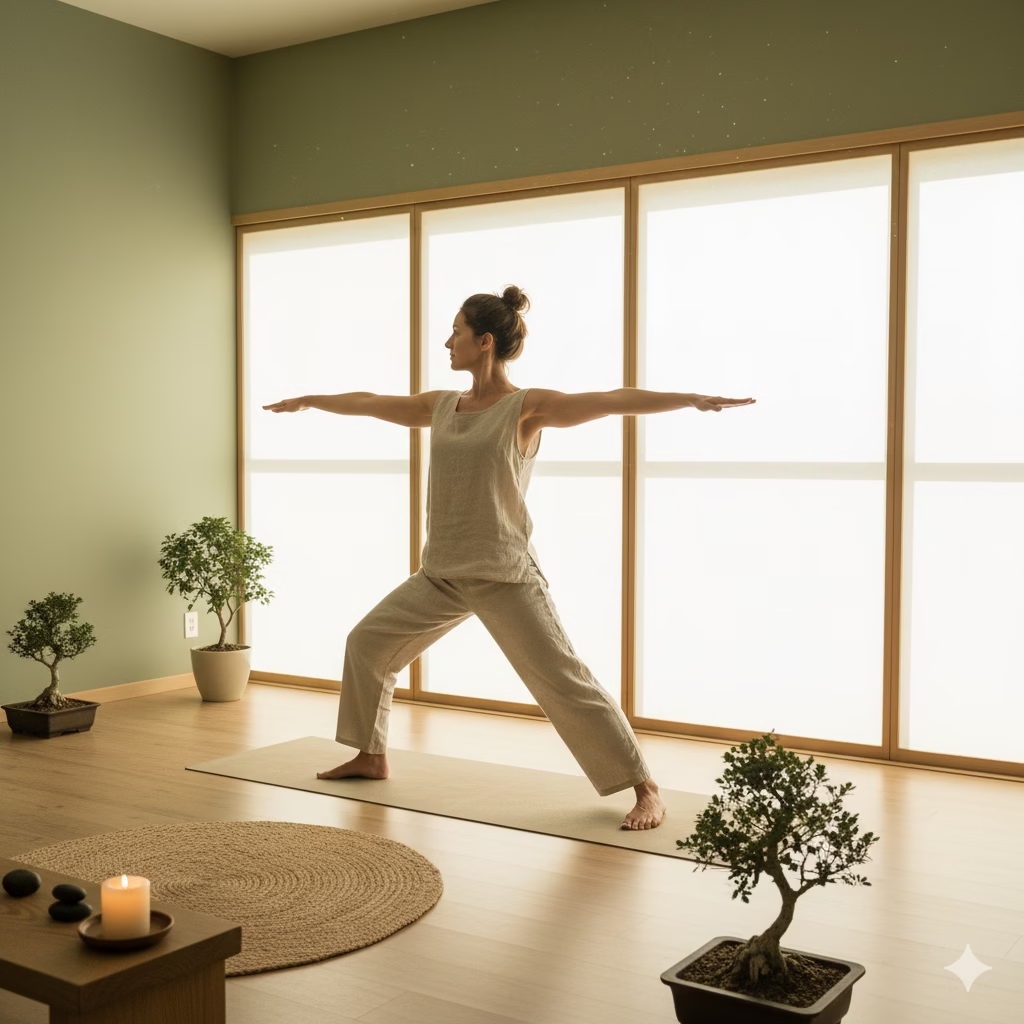
You should change your lights based on what you are doing. The goal is always to help your natural rhythm. Use light to support your mental state.
Morning Practice (Active Time)
If you use your Zen room in the morning, use a bit brighter light. But keep it warm. This helps your body wake up gently.
- Settings: Use natural light a lot. Add your ambient lights. Set them to a medium level, about 50-70% bright. Keep the color warm (2,700K–3,000K).
- Goal: You want to feel active and ready. The light should be soft, not shocking.
Evening Practice (Quiet Time)
In the evening, the light must be very dim. It should be only warm tones. This tells your body to relax and get ready for sleep. This is your “wind-down” light.
- Settings: Turn off all the main overhead lights. Use only accent lighting. This means salt lamps or candles. Set these low lights to the lowest power (10-20%). The color must be the warmest possible.
- Goal: Help your body make sleep hormones. Create a deep, quiet calm.
Fix Your Zen Lights
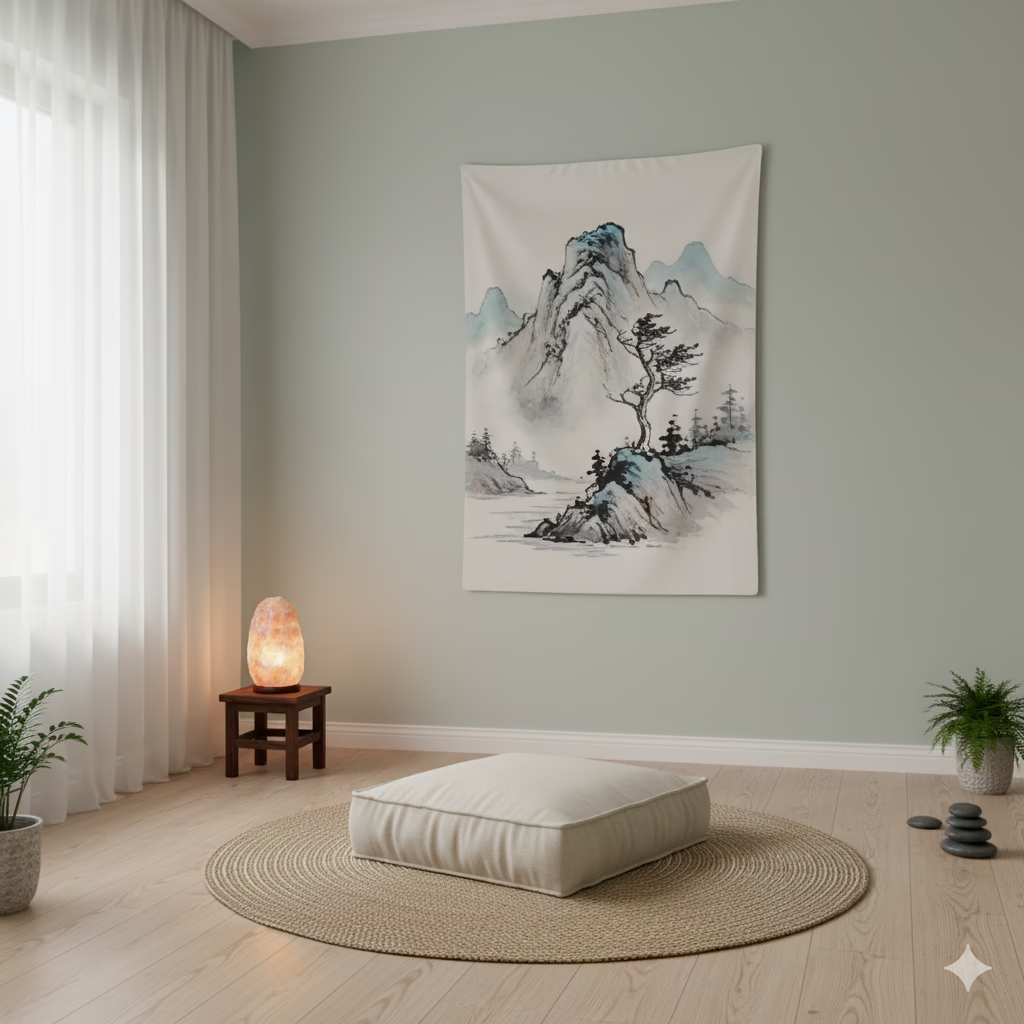
Even with good plans, you can make small mistakes. These mistakes can stop the calm feeling.
| Problem | Symptom | Zen Lighting Fix |
| Harsh Glare | You keep blinking or close your eyes often. | Use dimmer switches. Change clear bulbs to frosted ones. Use shades made of natural, soft materials like paper or linen. |
| Cold Feel | The room feels clinical or like an office. | Check your bulb color. It must be in the 2,700K–3,000K range. Replace any bulbs that are 4,000K or higher. |
| Flat Look | The room has light everywhere but looks dull. | Use layered lights. Turn off the main light. Use a mix of floor, table, and accent lamps. This creates soft shadows and light areas. |
Frequently Asked Questions (FAQs)
Q1: Is it okay to use colored lights in a Zen room?
A: Yes, but you must use them carefully. The main Zen light is soft, warm white. But you can use certain colored lights to help meditation. For example, a soft blue or green light helps you feel calm. It reminds you of nature. This fits the Zen look well. Red or amber light helps you feel grounded. If you use color, keep it low and dim. Use it as a subtle touch. Do not make it the main light source. Do not use bright, shocking colors like neon.
Q2: Should I put a single overhead light in my Zen room?
A: It is best not to. Only one overhead light can be harsh. It creates sharp shadows. This can create “pressurized” energy, which is bad for relaxing. A Zen room needs layered lights. Use a mix of main, task, and accent sources. This mix creates a soft, even, and dynamic glow. If you must use a light on the ceiling, make sure it is simple. It must be dimmable. Also, use a soft cover or shade. This helps to spread the light gently.
Final Thoughts
The right lights are like a quiet friend in your search for peace. They are more than just tools. They are a main part of Zen living. As they help to calm your senses and clear your mind. Use the rules we shared. Keep the color warm and soft. Let natural light in, but diffuse it.
Use layers of light sources. When you do this, you can turn any place into a peaceful sanctuary. This soft light helps your simple decor look good. It helps your mind go deeper into quiet thought. Take action today. Look at the light in your quiet space. Remove any harsh, cool bulbs. Put in a dimmer switch. Add a beautiful salt lamp. These easy changes will bring a deep new sense of peace to your Zen room.
References
- ScienceDirect – Natural light control to improve awakening quality
- AluSplash – The 7 principles of Interior Design to create a harmonious home
- Theartofzen – Zen-Inspired Minimalism: Finding Harmony in Simplicity
Recent Posts
